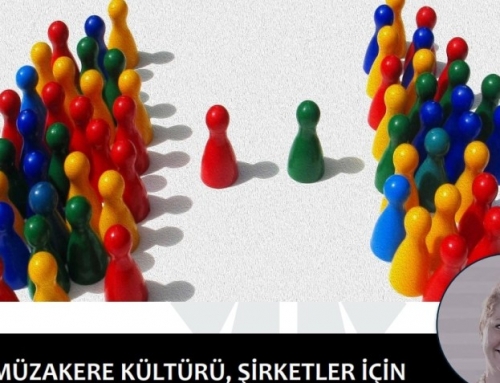Is mediation an alternative to legal procedures for dispute resolution, or is it the appropriate method?
An Ancient Practice
The history of trade has always had a strong legal basis, codified in treaties and contract law. After all, the Latin word ‘negotia’ means ‘business’. Ancient Greek and Roman thought influenced English contract law, which can even be seen in the Magna Carta’s guarantees of “safe and secure” exit and entry to England “for buying and selling by the ancient rights and customs, quit from all evil tolls.” Through the late 17th and 18th centuries, Sir John Holt and Lord Mansfield actively incorporated the principles of international trade law and custom into English common laws as they saw it: principles of commercial certainty, good faith, fair dealing, and the enforceability of seriously intended promises.
Today, however, when we speak about mediation – one of the dispute resolution methods that can be described as assisted negotiation – we discover that countries of lengthy histories of international trade, business, and contract law have only recently discovered mediation and adapted it to their legal system as the need arose. For European countries and Britain, mediation is a tool to resolve disputes cheap and fast in comparison to courts. Even the phrase “alternative dispute resolution” – which includes negotiation, mediation, and new hybrid methods such as MedArb – means an alternative to the existing expensive, busy, lengthy court processes.
However, we can look to history for other ways of doing it. In the Ottoman Empire, mediation was never an alternative method of dispute resolution like in England but rather the dispute resolution technique for centuries. For a long time only non-Muslims could engage in international trade, while Muslims worked as craftsmen and local merchants. In the 1880s, an order of the Sultan called Hayriye Traders granted permission to a limited number of Muslim merchants to conduct international trade with strict rules. On the other hand, non-Muslim merchants were free from Sharia law and could conduct any trade they may choose unless they had a dispute with a Muslim. Both Muslims and non-Muslims in the Ottoman Empire used traditional mediation as a dispute resolution method within their communities. Thus, within these cultures such as Ottomans, mediation was a tool for peace in the community, being able to look face-to-face after a conflict and to keep relations sustainable.
Today, when we say that more than 100 countries in the world use mediation as an alternative dispute resolution, we mean that countries like the USA, the UK, European countries had the need for an alternative method. This need led to the discovery of mediation and its re-introduction to the world as if mediation is a new way of resolving disputes. A more honest explanation would be that every country uses mediation; either newly introduced to the legal system or traditionally for centuries!
Modern Challenges
The modern world has become increasingly more economically integrated. International trade has expanded, and trade agreements have increased in complexity. This resulted in a global village with various legal systems leading to more complex international trade relations especially when resolving disputes
Internationally speaking, arbitration, in comparison to mediation is more recognized due to the New York Convention which was adopted by a UN on June 10, 1958. Mediation, however, has been broadly discussed and taken into consideration through two major steps:
1) The UNCITRAL which was established by the United Nations General Assembly through resolution 2205 of December 17, 1966. It plays a key role in developing a framework to further the progressive harmonization and modernization of international trade law by promoting the adoption of legislative and non-legislative instruments in several key areas of commercial law.
2) The EU Directive on mediation 2008/52/EC which is the guideline for cross-border civil and commercial disputes.
The challenge is that while many nations recognize arbitration as a dispute resolution method for international trade and commerce, how can we create a standard when it comes to mediation?
To compare mediation to the legal system, it is certainly cheaper and faster. But what about its traditional use which supported harmony within the community? Do we want mediators to become notaries to stamp agreements, or do we want that through mediation, the merchants of our global village have an opportunity for sustainable relations? These questions introduce yet another challenge: In our century, when trade becomes increasingly important and globalized, can we still refer to mediation as an “alternative dispute resolution,” or to we need to shift our minds as Professor Marco Turk stated to “appropriate dispute resolution”?
As a conclusion, this way or that way, international certification of mediators will increasingly become more important. But we cannot insist on standardization towards a “modern” version of mediation that neglects the wisdom of centuries of commercial tradition. Reintroductions of dispute resolution methods and especially mediation through UNCITRAL, UN Directive, or other treaties must not consider such methods as mediation only as a fast and cheap resolution for commercial disputes. We must remember that sustainable business is not possible without sustainable relations and peace within communities. In an increasingly polarized world, mediation can be a common language with different dialects to resolve disputes. This idea recognizes all versions of it with respect, and emphasizes that we do not need mediation simply as an alternative.
I would like to thank Ms. Megan Casey, for her editing of this paper.







